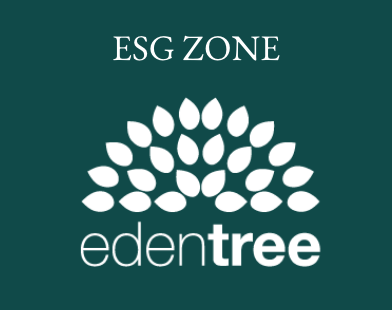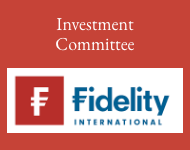Multi-asset funds are advisers’ most preferred investment choice, according to research from Aegon.
Findings from Aegon’s Adviser attitudes report found nine in 10 advisers use multi-asset strategies for accumulation and decumulation, with 25% of all client assets held in multi-asset funds.
In comparison, 20% of client assets are invested in DFM portfolios, 20% in fully in-house model portfolios and 18% in externally-built model portfolios. A further 12% sit in single strategy funds and just 1% is invested in individual stocks.
Nearly two thirds (63%) of advisers said they recommend multi-asset funds for their diversification. This was followed by their ability to select risk-rated funds (45%) and the access they provide to asset allocation expertise (35%).
However, Aegon said the investment structure chosen by an adviser also depends on client circumstances and needs. More than half (53%) of advisers consider multi-asset funds to be the least expensive approach, so are the most recommended structure for clients with less than £100,000. In contrast, 80% of advisers consider DFMs the most expensive investment approach, with 37% of advisers opting to use these for clients with more than £500,000 in savings.
Lorna Blythe, managing director, investment proposition at Aegon, said: “There’s no doubt that elevated market volatility has made the past three years an incredibly challenging and unpredictable period for investment advice. But, as we start to see a gradual return to normality, it’s encouraging to know that the majority of advisers are aligned and feeling confident in the strategies employed by their clients’ investments.
“In particular, our research shows advisers favour multi-asset funds as their primary investment structure. This is likely due to their considerable versatility and diversity, and the ability to select options that align to different risk appetites.”
Blythe said multi-asset funds also offer ease-of-use for advisers and customers, with the permission to make asset allocation changes over time on the customer’s behalf built into the fund design.
“In addition, they support advisers in meeting their regulatory obligations, such as MIFID II, PRIIPs and new Consumer Duty rules, with target markets’ pre-defined and robust investment governance processes built in,” Blythe added.
Main imge: gris-de-paris-DSEwdKw3uG0-unsplash





























